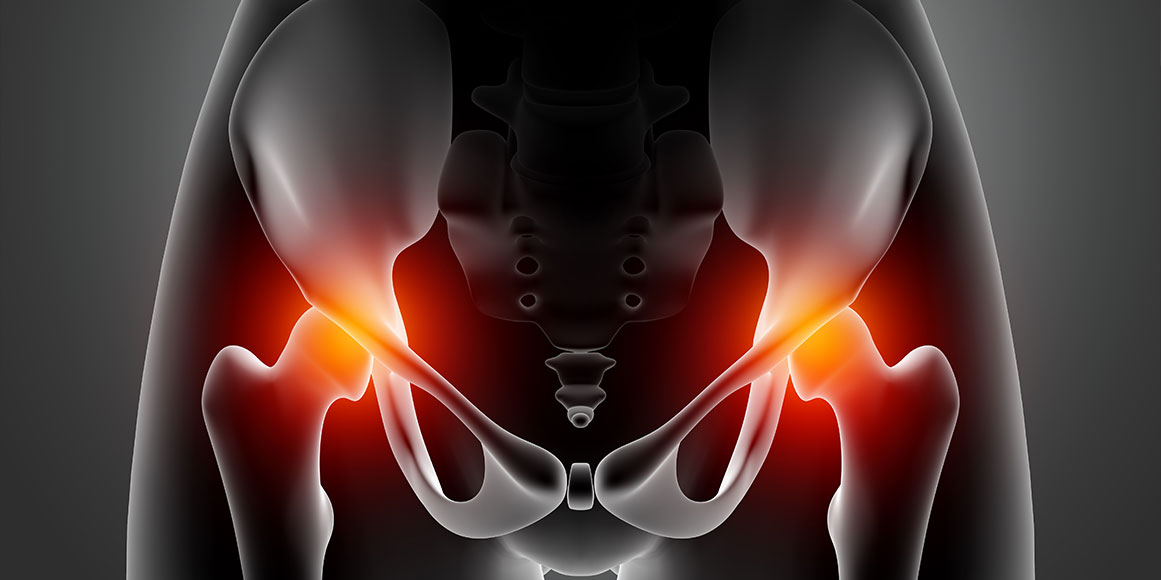Ortopedi ve Travmatoloji
Knee Prosthesis
Osteoarthritis the other name for knee calcification is defined as wearing of the knee joint. It is the most common joint diseases. It is more common in women and increases with age. Osteoarthritis causing pain with movement and this impairs the patient’s life quality with time.
The treatment is decided according to the severity of the disease. In the early period, medical treatment, physical therapy, supplements, knee injections can be performed. However in advanced disease knee prosthesis is required. These patients are usually elderly patients.
Knee prosthesis surgery is an open surgical procedure. Following the appropriate anesthesia selected by the anesthesiologist a curvy incision is made in the knee region and tissues are separated reaching the damaged joint. After the damaged joint is removed biomaterials appropriate size for the patients are placed. This procedure lasts for around 1.5-2 hours. Following the operation analgesics are given to minimize the pain. Similar to most prosthesis operations following this operation physical therapy is given. The patient is helped to walk with a walker for 2-6 weeks. After the operation if there are no problems and the patients has reached the aimed walking capacity and joint movement the patient is discharged in 3-5 days. Following discharge they must use an anticoagulant for a period of time.
Knee prosthesis surgery is not appropriate for those who have a knee infection, nerve damage in the extremity or venous insufficiency. However, knee prosthesis can be placed in treating arthrosis due to whatever reason (such as age, rheumatism diseases, necrosis).
Knee prosthesis surgery has some risks due to anesthesia and surgical method. The most important one is embolism. Also infection and dislocation of the prosthesis can be encountered. This operation must be performed in an appropriate and experienced center to minimize complications.







